
Carol Burnett's childhood home
In Los Angeles tourists can view 40 movie star homes in a few hours on a bus tour. San Antonio’s tour of movie star homes includes the Carol Burnett house and well, that’s about it. And San Antonio’s most famous celebrity house almost became a Bill Miller’s parking lot a few years ago.
Carol Burnett lived in the house at 2006 W. Commerce with her grandmother and great-mother from her birth on April 26, 1933 until she was about seven years old. Around 1940 Burnett and her grandmother moved to Hollywood to join Burnett’s mother.
In her entertaining 1986 memoir One More Time Burnett shares her early memories of roller skating on the wooden floors inside the house, shelling peas on the front porch, bathing in the kitchen sink and window-shopping downtown. Burnett attended Crockett Elementary School and went to a Christian Science church with her grandmother. The memoir contains several pictures of the house on Commerce Street.
Burnett visited San Antonio several times after she moved to California. In her memoir Burnett mentions visiting San Antonio around 1978 as a guest of the Board of Education. She was driven through town in an open convertible and taken to visit the house on Commerce Street. Burnett said the wooden floor still had the marks from her roller skates. In her memoir Burnett also mentions visiting relatives in San Antonio in 1985. In 2006 Burnet performed at the Majestic Theatre.
The Carol Burnett house was built around 1903 at 2803 W. Commerce. The residential area the house was built in over time become a commercial district. A Bill Miller’s BBQ restaurant and an HEB grocery store were built on either side of the house. The last owner of the Carol Burnett house, Adelfa Villareal, died in 1995. In 2006 Villlareal’s estate listed the house for sale. Bill Miller’s executed a contract to purchase the property with plans to demolish the house and build a parking lot.
In June 2007 Bill Miller Bar-B-Q agreed to purchase the house and donate it to American Sunrise, a non-profit organization established by Henry and Mary Alice Cisneros. The house was cut into three pieces and moved eight blocks to its current location at the corner of West Commerce and South Pinto Street. American Sunrise plans to use the house for its after-school program. American Sunrise currently operates a learning center across the street from the Carol Burnett house.
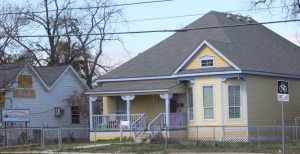
American Sunrise learning center

Carol Burnett receiving a Presidential Medal of Freedom in 2005 (Wikipedia)



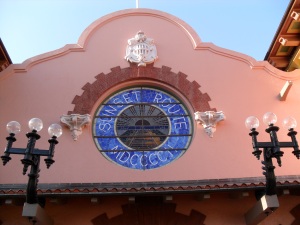

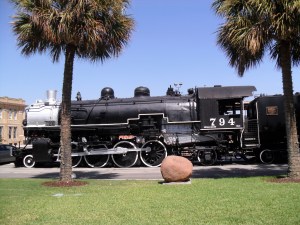

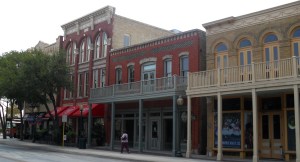




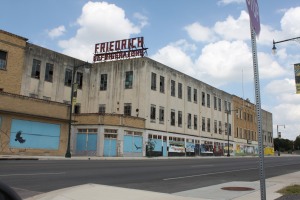




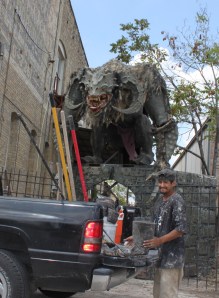


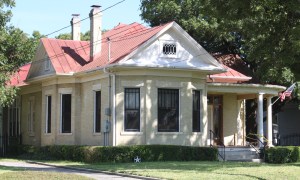
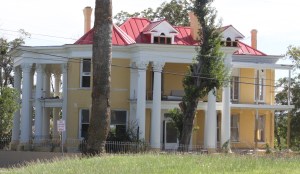
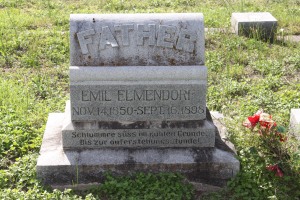


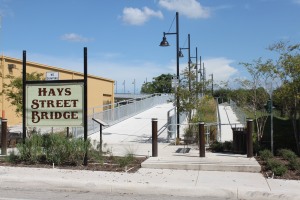

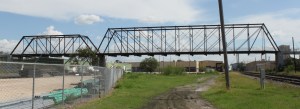
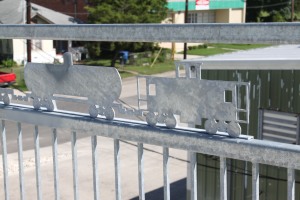
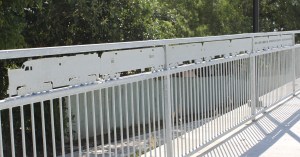
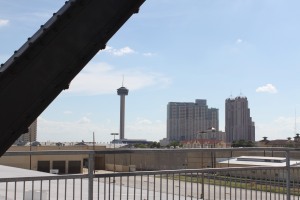







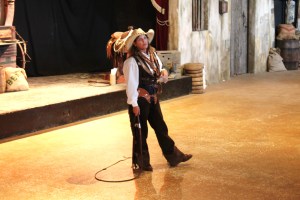

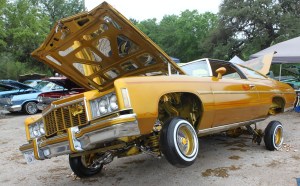
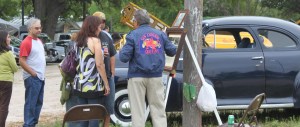





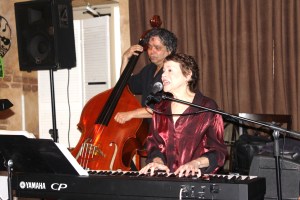


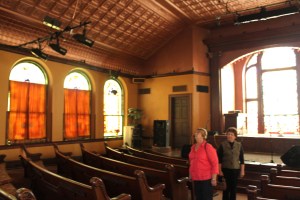





 Dr. Diamond’s talk “Collapse: How Societies Choose to Fail or Succeed” follows his
Dr. Diamond’s talk “Collapse: How Societies Choose to Fail or Succeed” follows his 
